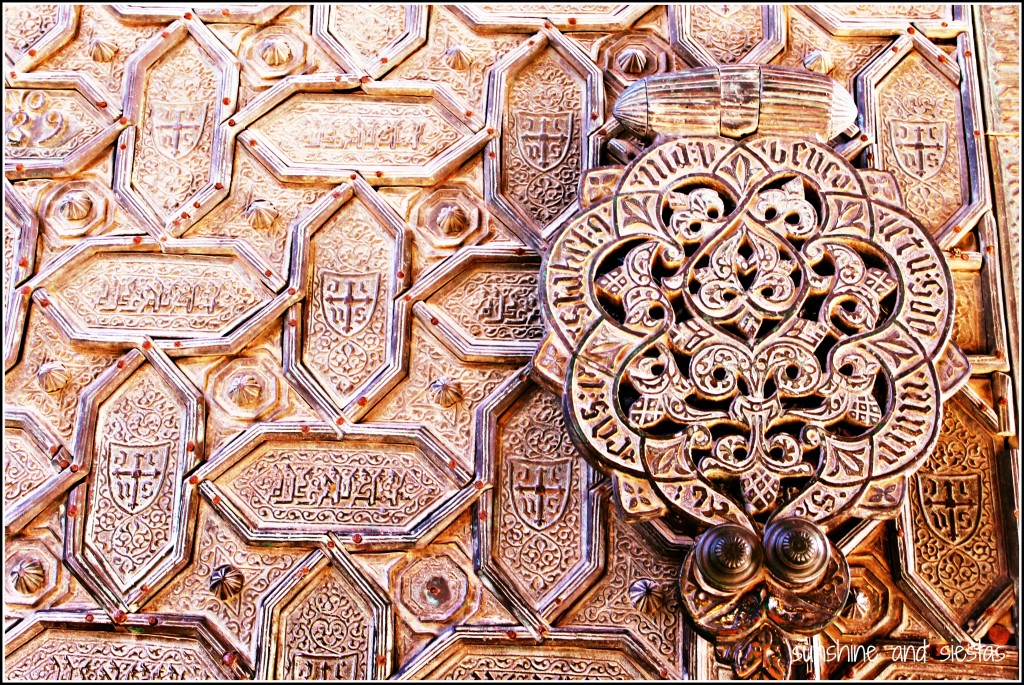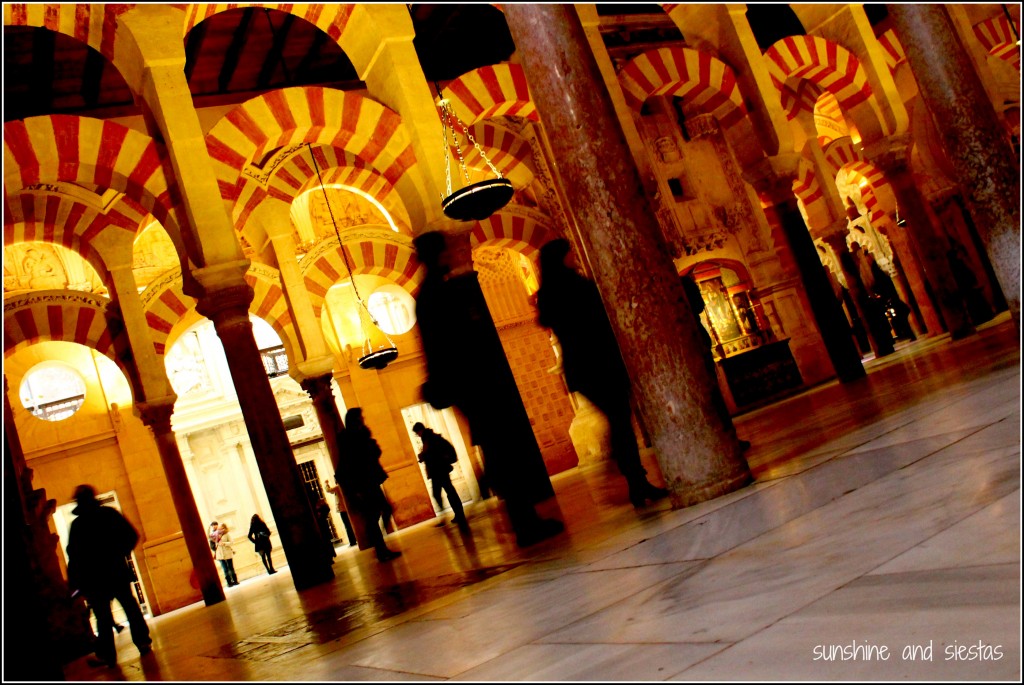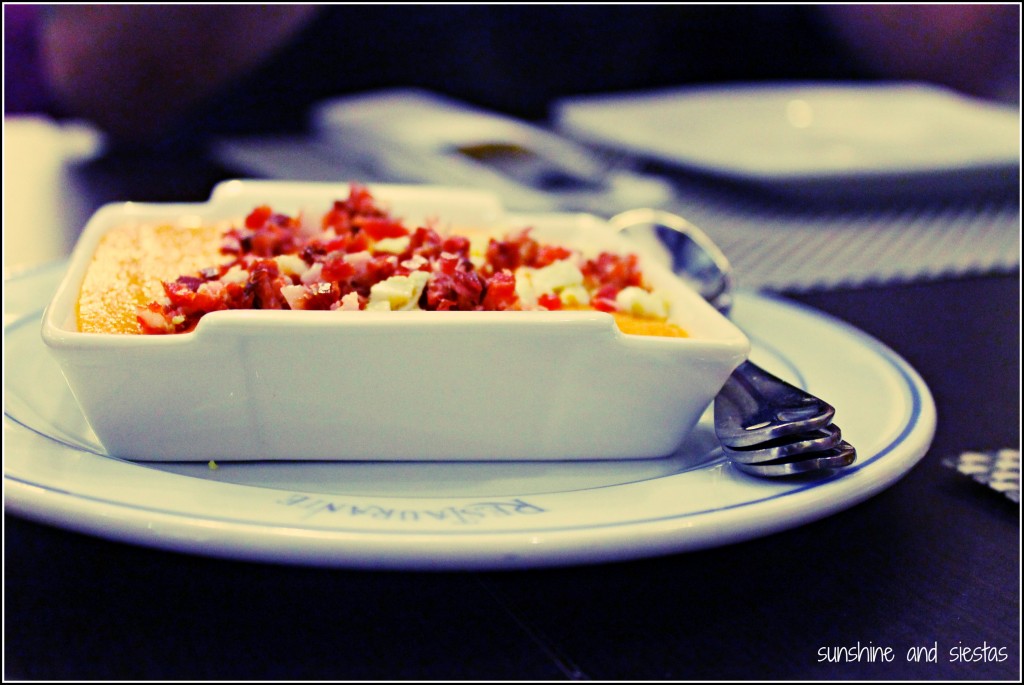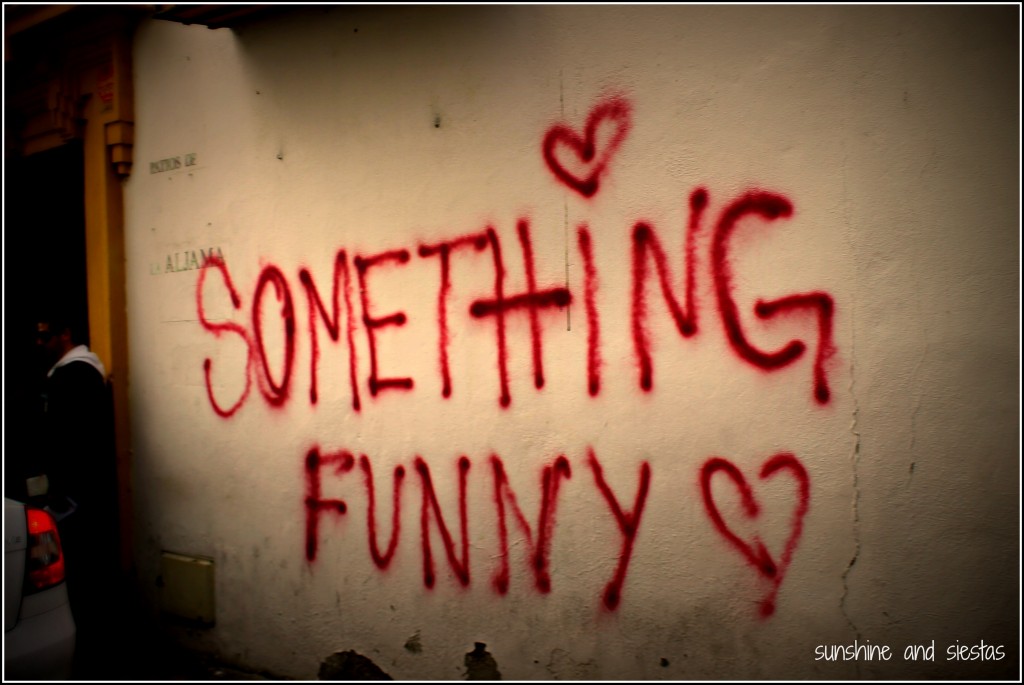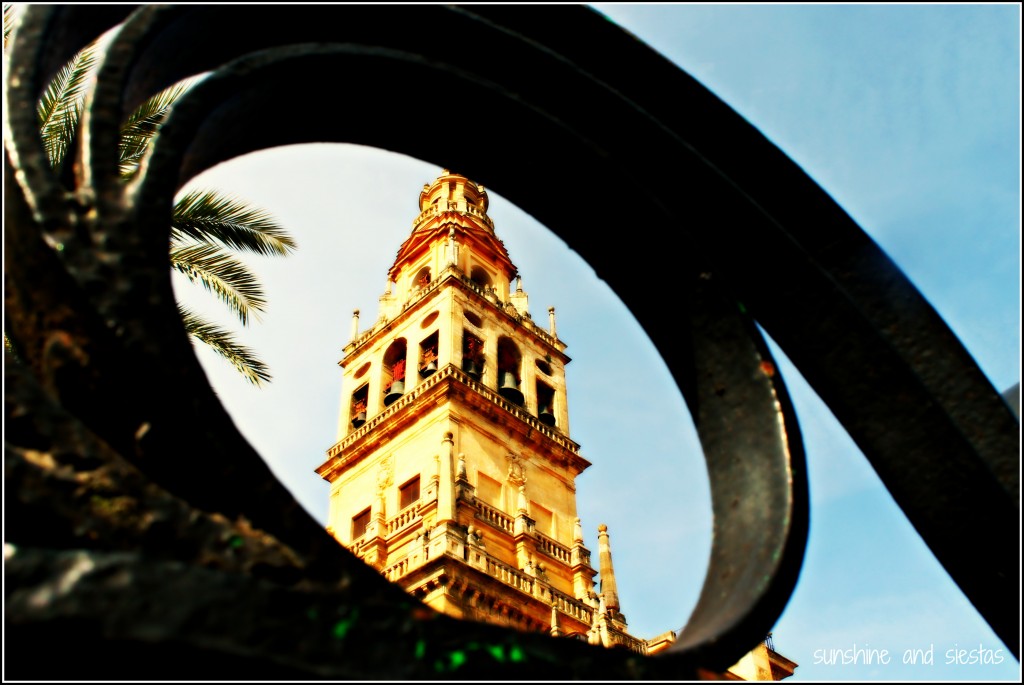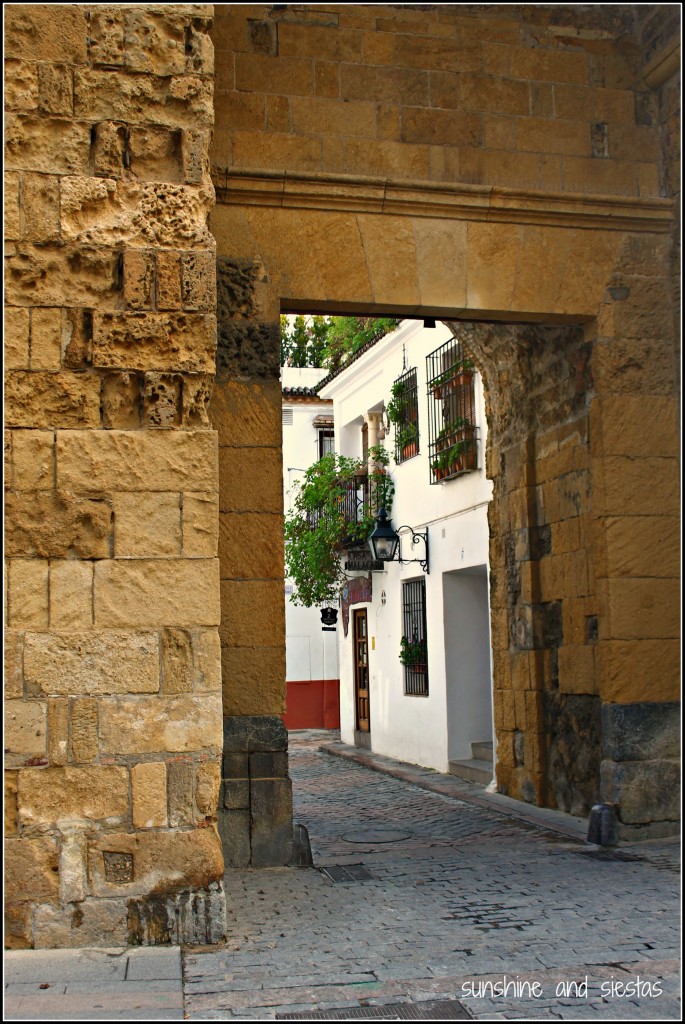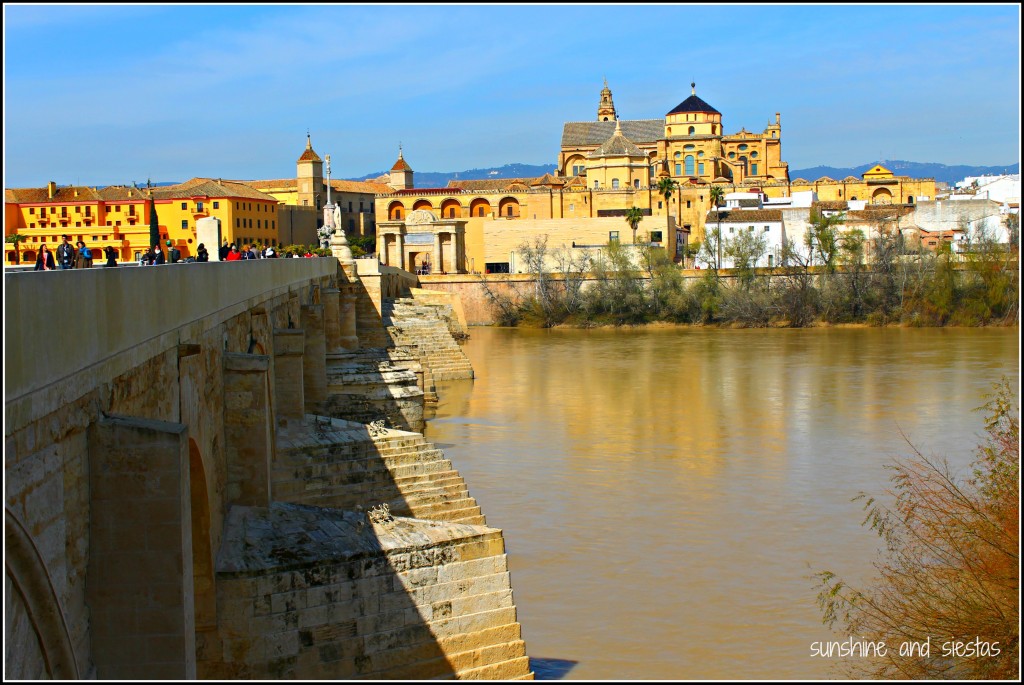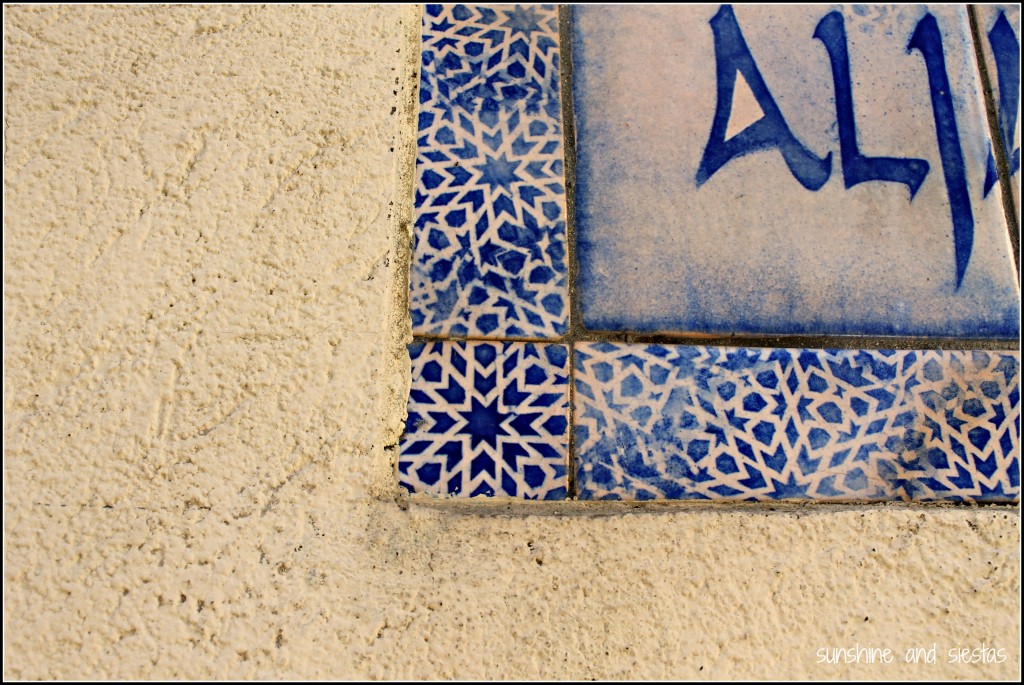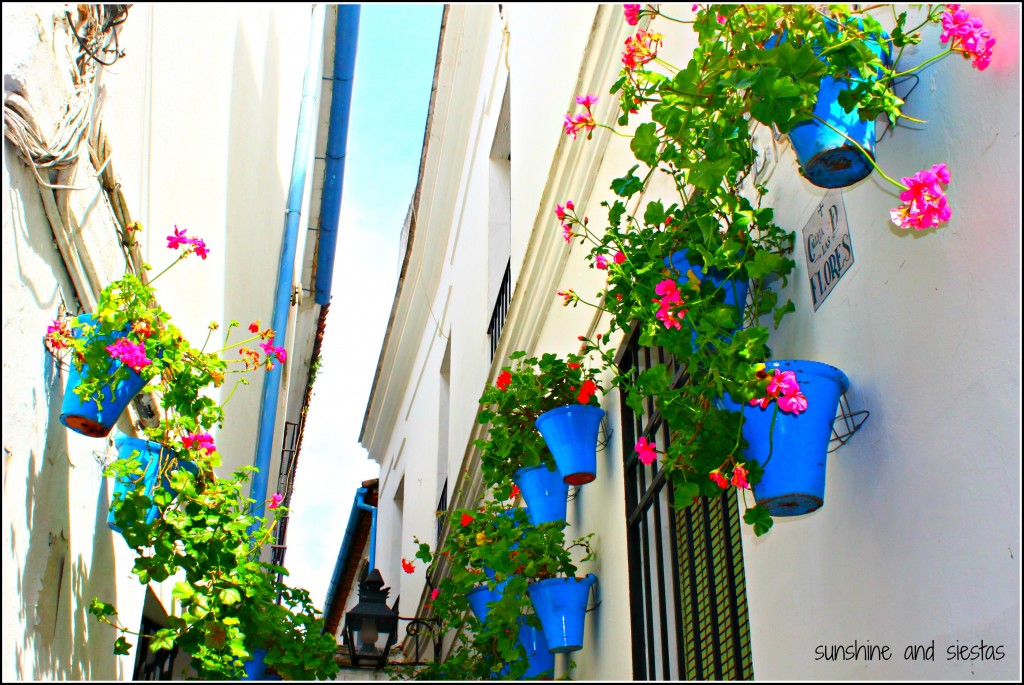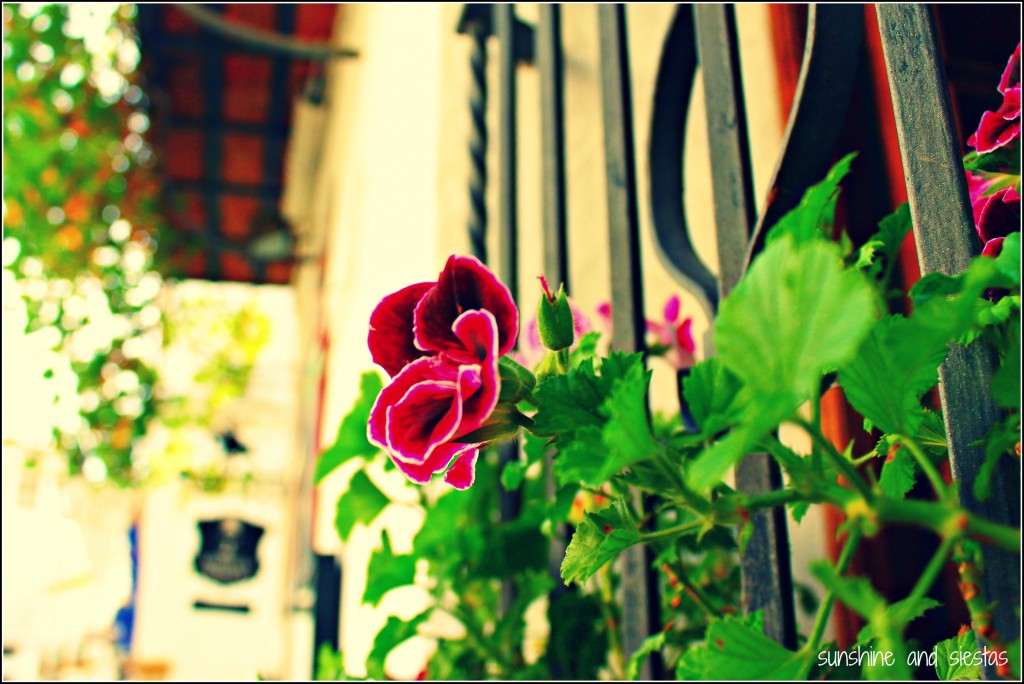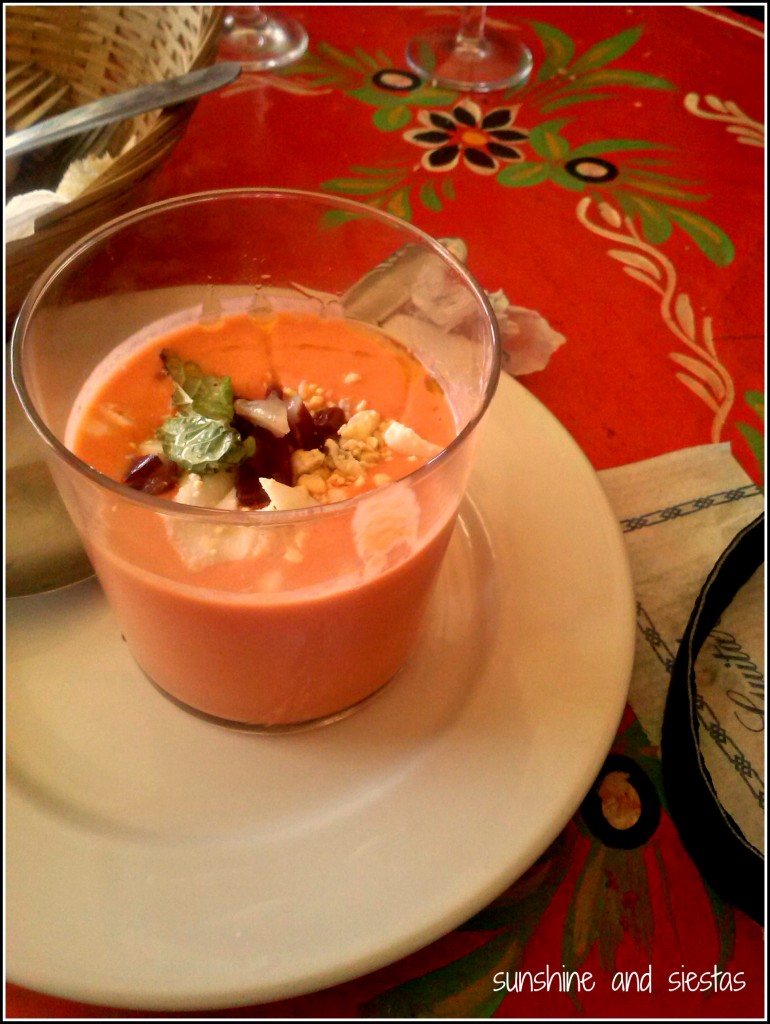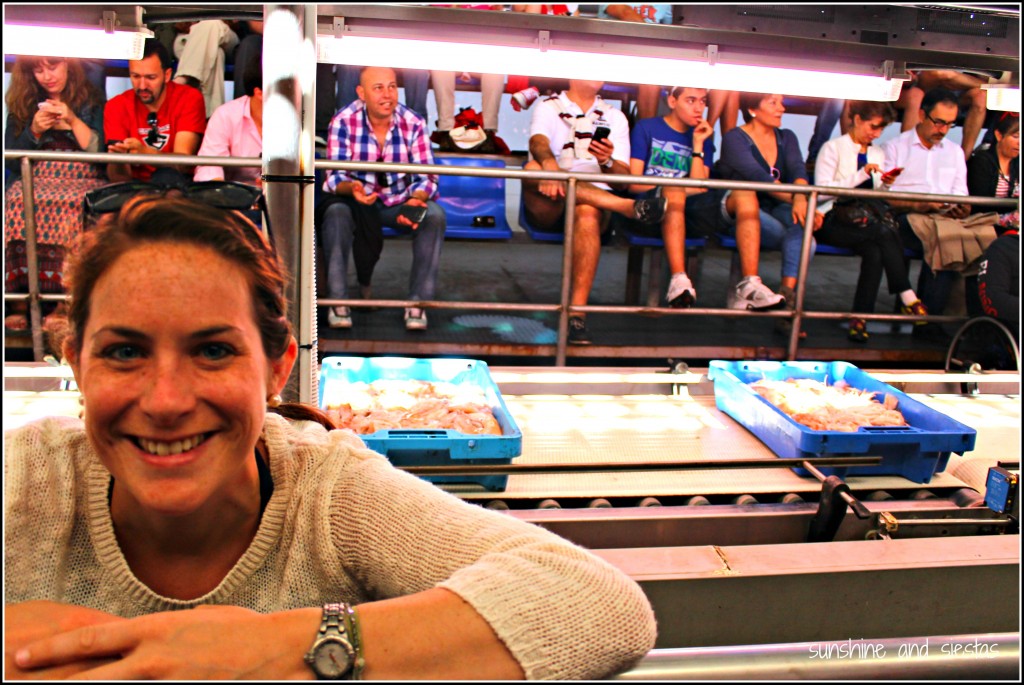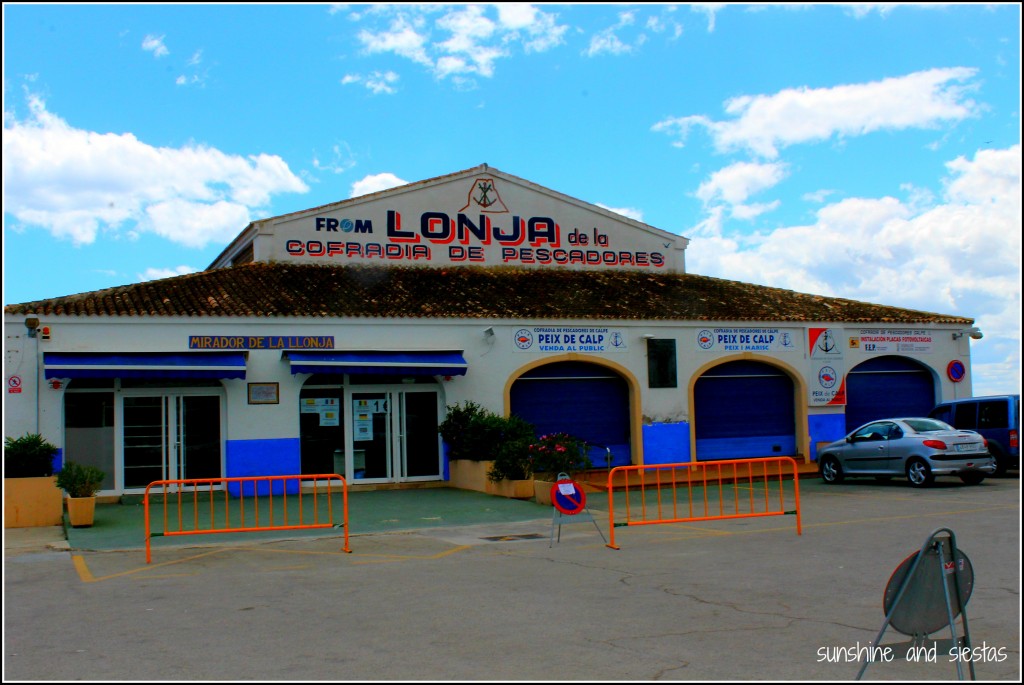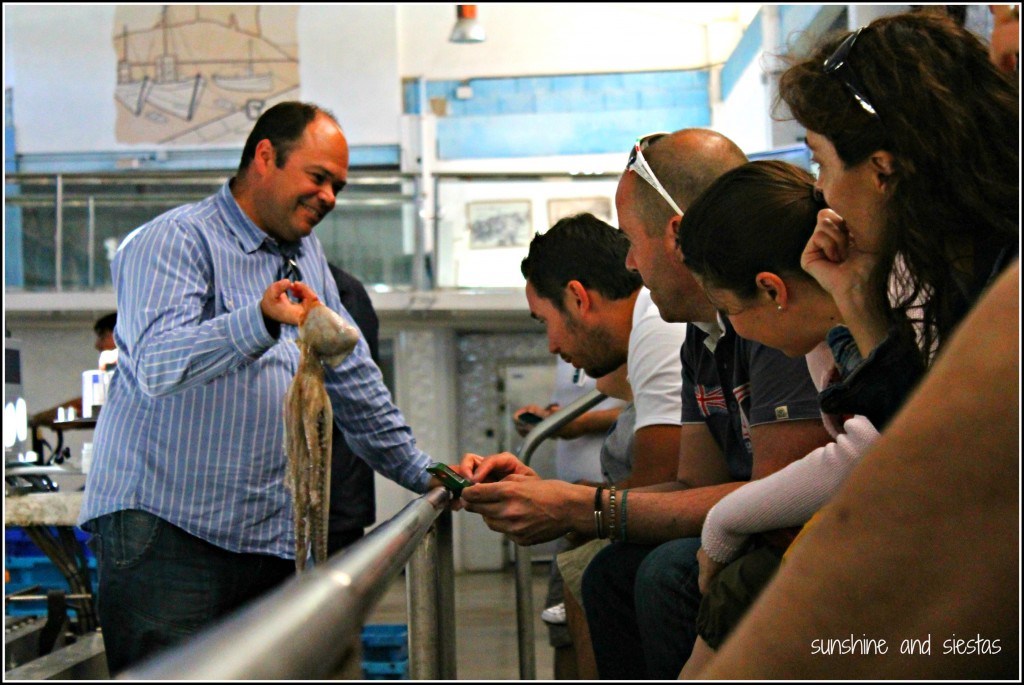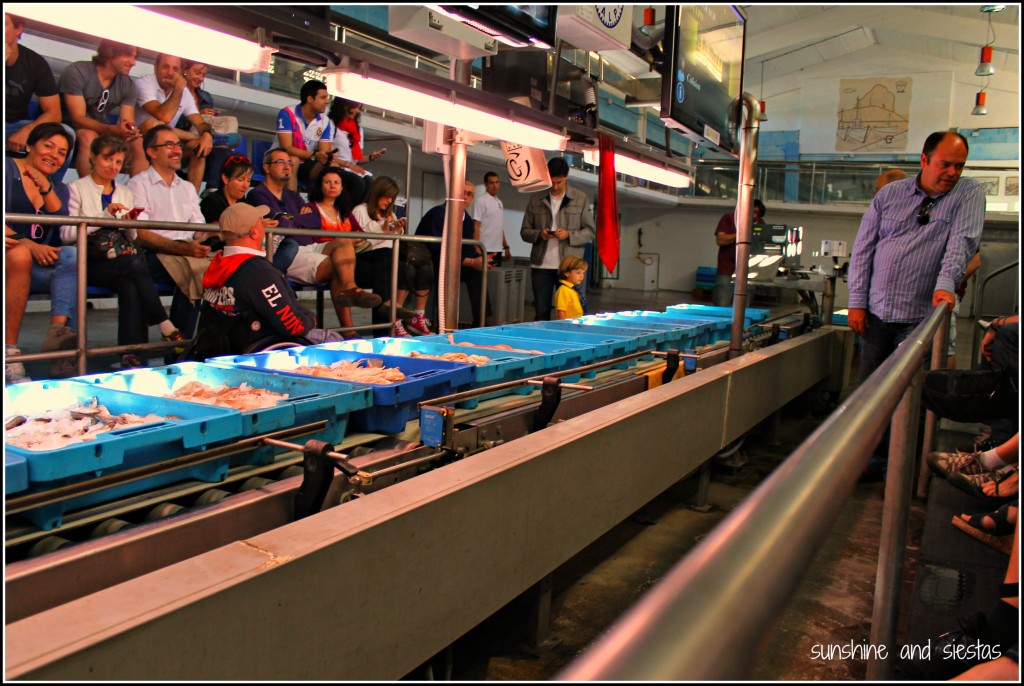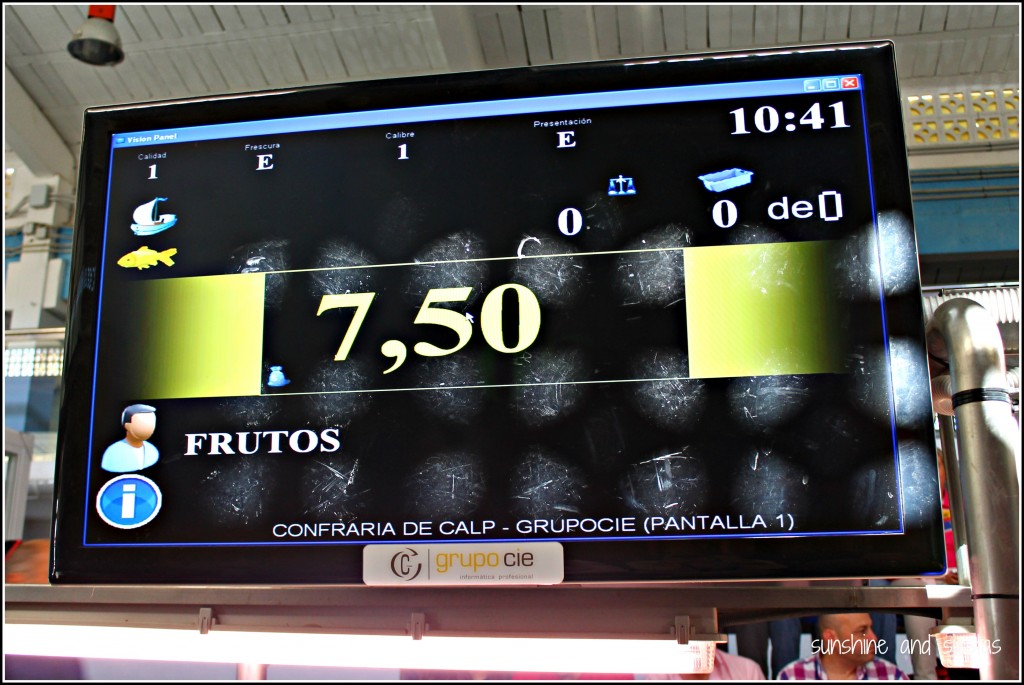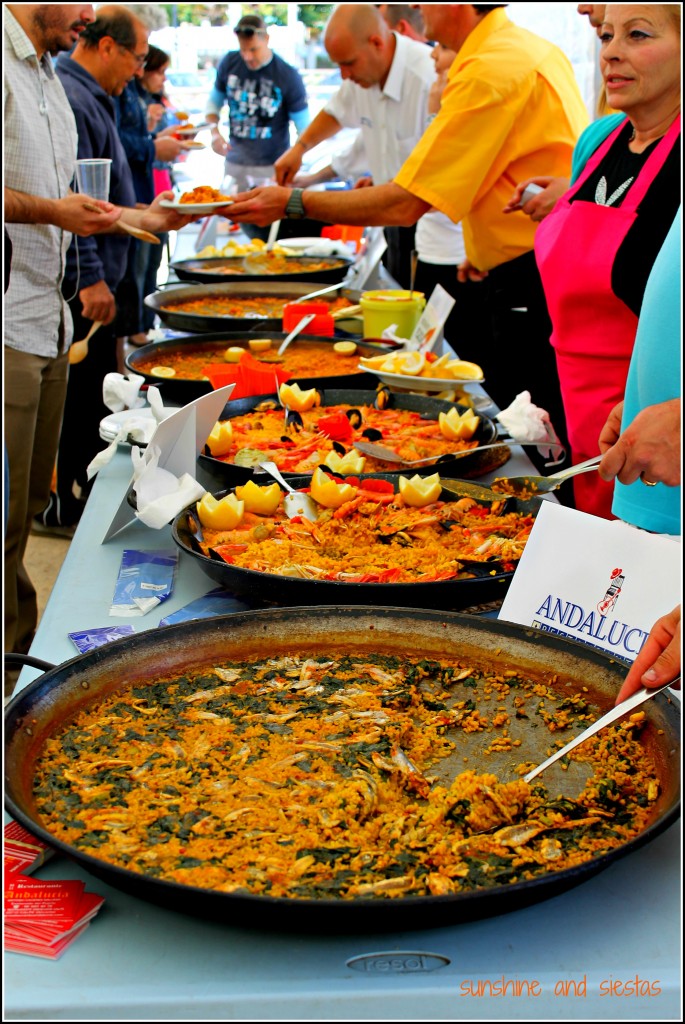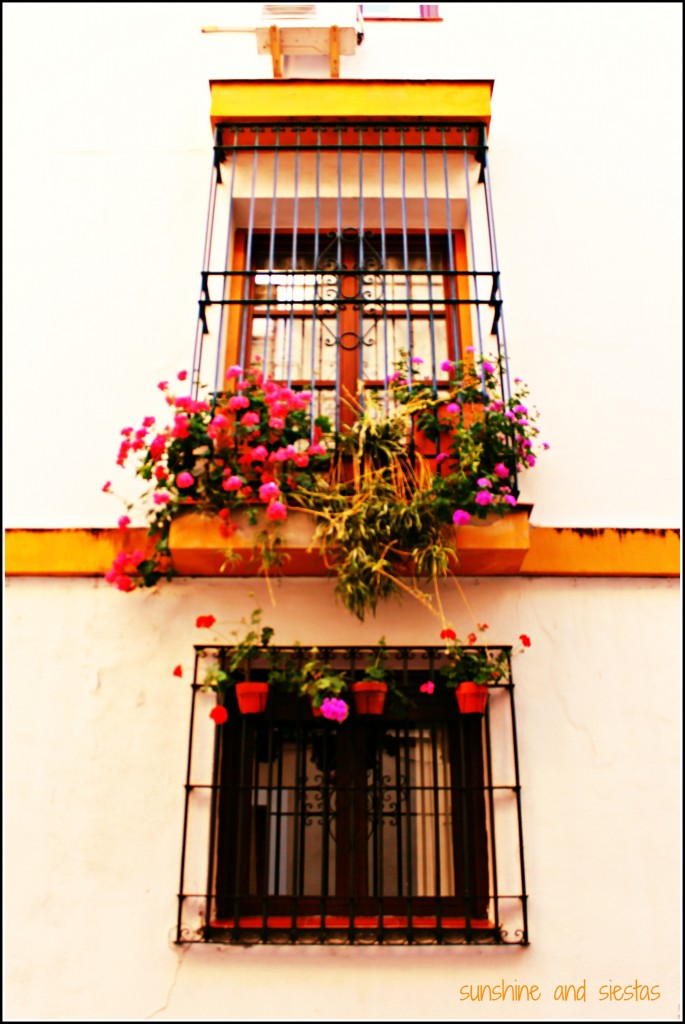Córdoba is the kind of city that seems to hold secrets, whisperings under a lock and key that mirrors the one guarding the enormous mosque. Narrow callejas open into plazas stacked high with clay pots and perky flowers, the scent of olive oil from fryers heavy in the air. I’ve traveled to the city a mere hour’s train ride away from Seville half a dozen times, and while it’s gotten under my skin, I don’t think I’ve discovered the city’s heart.
The Caliphate City is vibrant, full of color, and delicious, from the heavier andalú accent in which the cordobeses serve you your caña or toast, to the glare of the sunshine off of the Guadalquivir that flows down river to my adopted town and out to the Atlantic. Seville and Granada get all of the love when it comes to Andalusian cities of renombre, but Códoba’s quiet presence make it a city that has become a secret favorite of mine.
On my latest visit in early March, the colors of the city against the whitewashed buildings that make up the historic center, a UNESCO World Heritage Site, popped out. Muted reds, mustard yellows and the clear, blue sky of my most memorable days in Andalusia blend together to create a laid-back capital with history por un tubo.
Reds // Rojito // horseshoe arches. creamy salmorejo. street art.
yellows // amarillo // views of the mezquita bell tower. ancient city walls. the cathedral from the roman bridge.
blue // azules // azulejo tiles. flowerpots on calleja de las flores. a pop of purple on a backstreet.
Have you ever been to Cordoba? Has a city ever tried to keep its secrets from you?
